Did you all have a chance to watch the Paris Olympics? I would like to express my gratitude and appreciation to all the skaters who showed us their wonderful skating in the unfamiliar environment with so many people watching them. Especially, the construction of the park this time looked as difficult as the Tokyo Olympics!
In this video, we explain the structure of the Paris Olympics venues and the final trick, the Norry Backside 270 Brandt Slide, from angles that cannot be seen on TV, using 3D models.
A 3D model of the Olympics venue
Hit the icon in the middle to start a 3D animation.
Comparing an ordinary skatepark and the Olympics venue
The central rail section
This central rail section was the part the biggest tricks were performed. Intuitively, you can already guess the difficulty as skaters must jump a big gap.
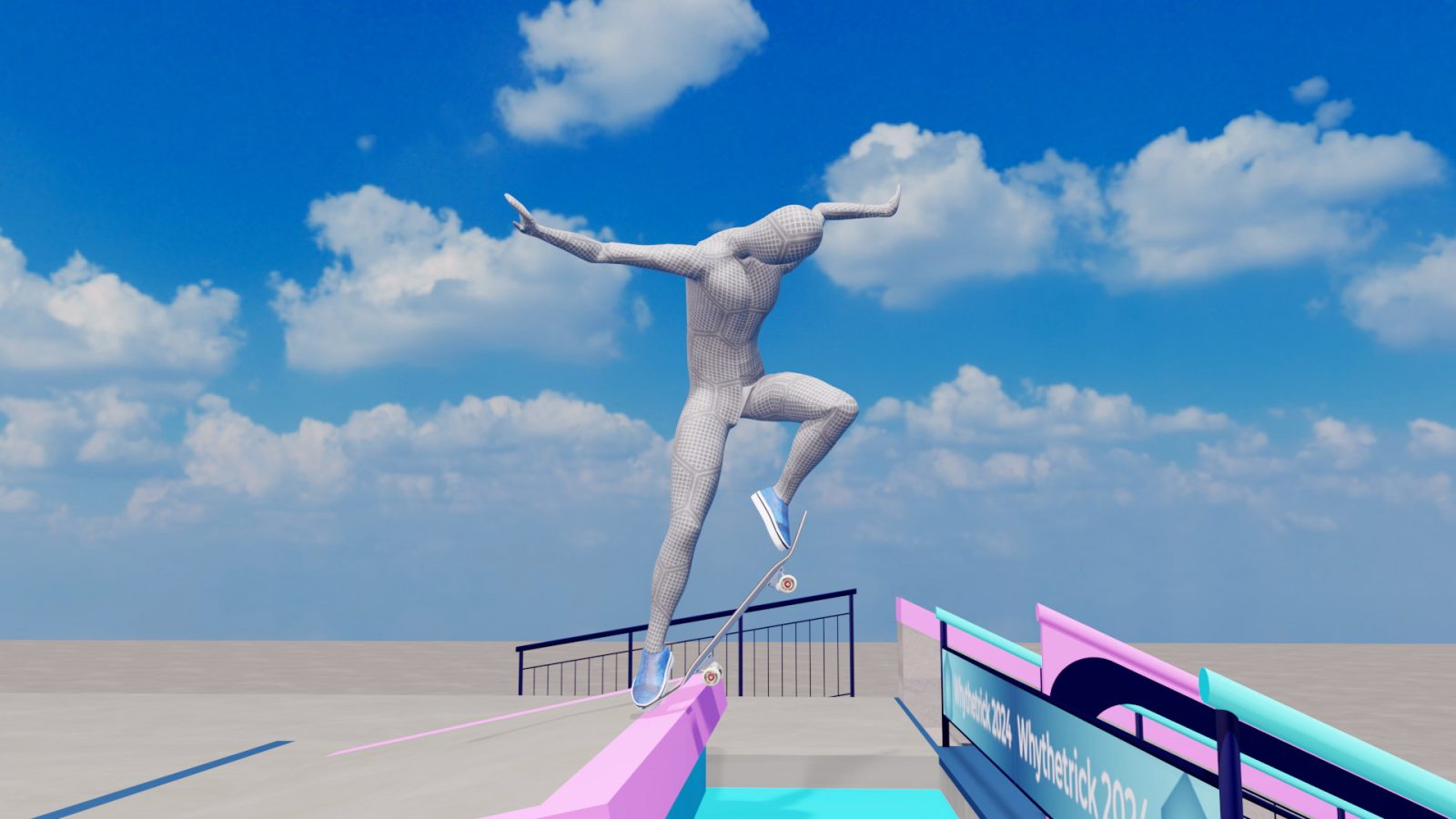
Structure
In order to explore the physical impact of the big gap, let's compare the structure of this park with that of a normal skate park. Normally, the rails are lower, and there's a flat top in front of the stairs. This means you can approach the rail while maintaining a stable posture.
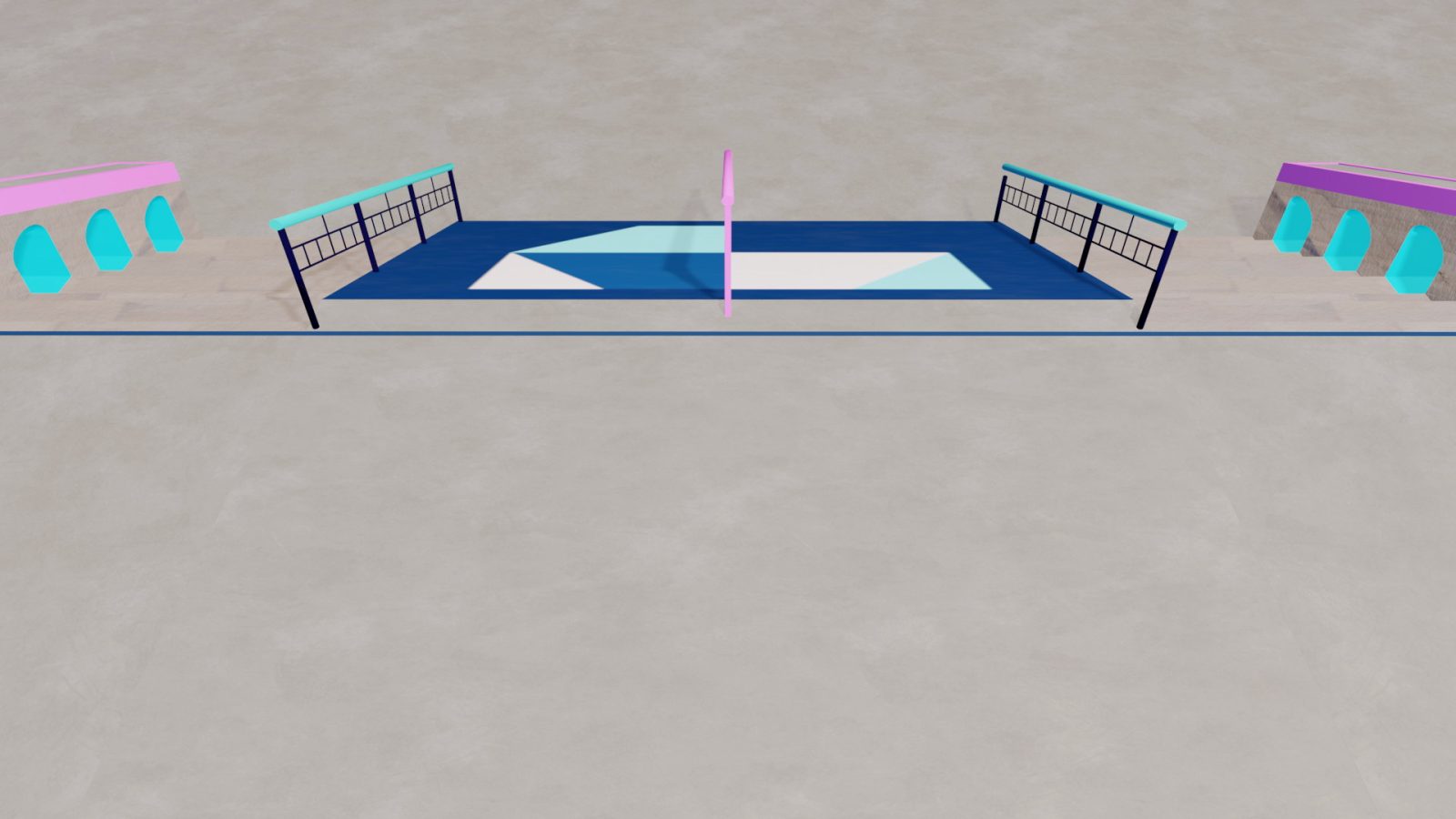
Getting on a rail in an ordinary skateparks
Also, notice that in a normal park, the height of the board when you take off from the ground and where you get on the rail are about the same.
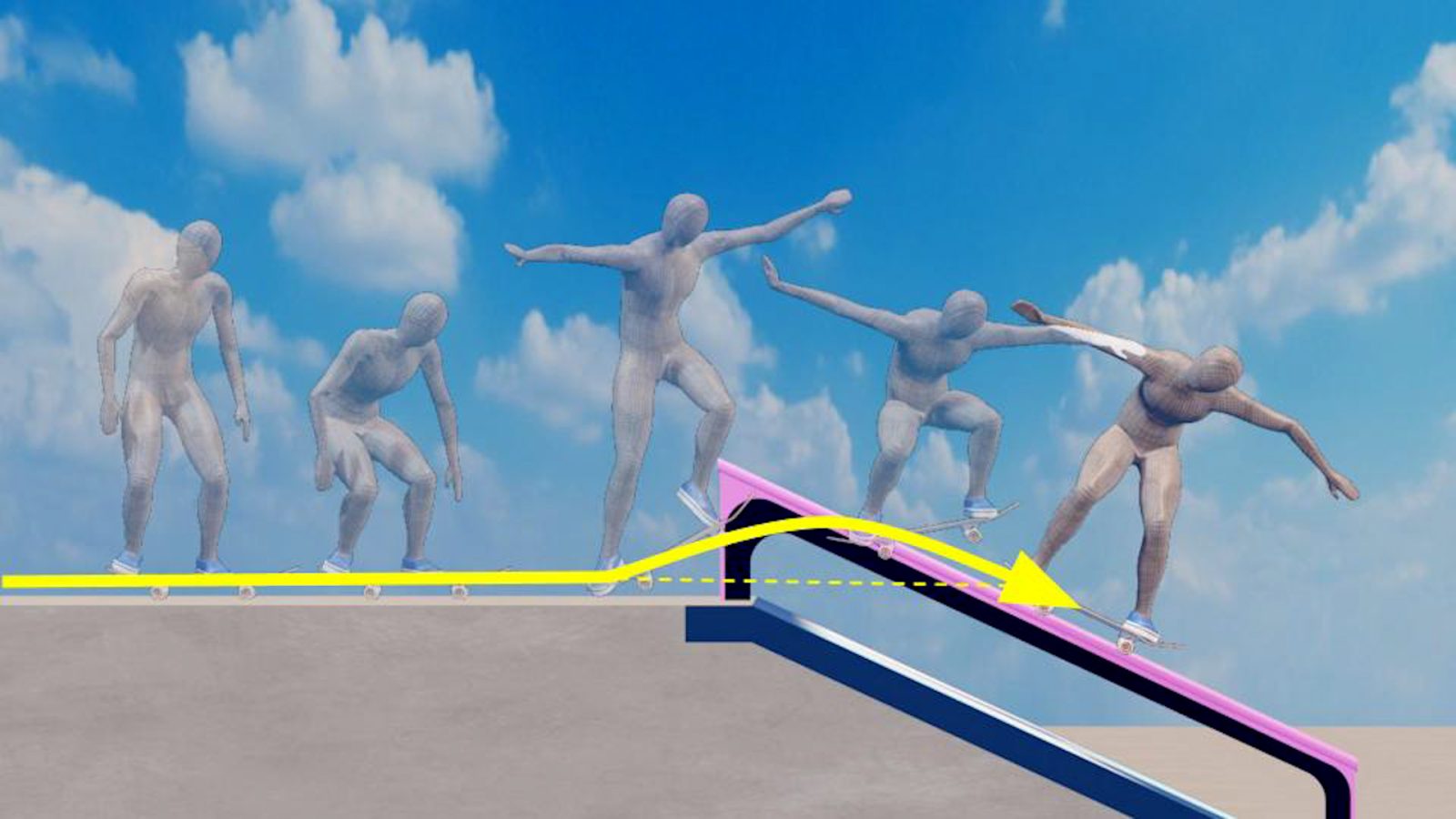
Physics at an ordinary skatepark
This means the force applied to your body when you get on the rail is about the same as that of an Ollie on the flat ground.
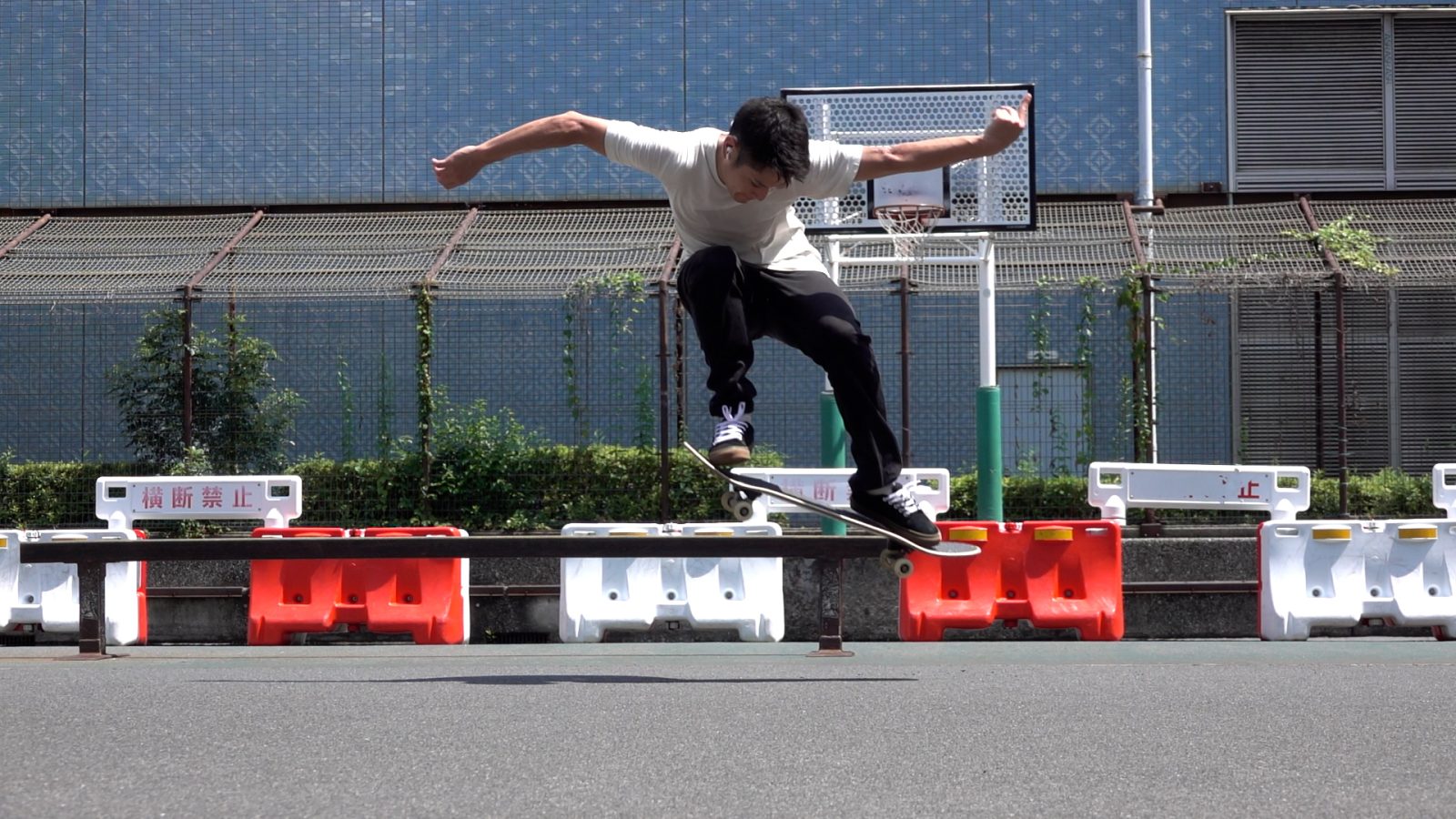
Features of the Olympics venue
Height of rails
How about the Olympic venue, then? As you can see, skaters launch their bodies and descend from that height before getting on the rail. I could be wrong, as I didn't measure the exact dimensions, but this rail seems higher than the others.
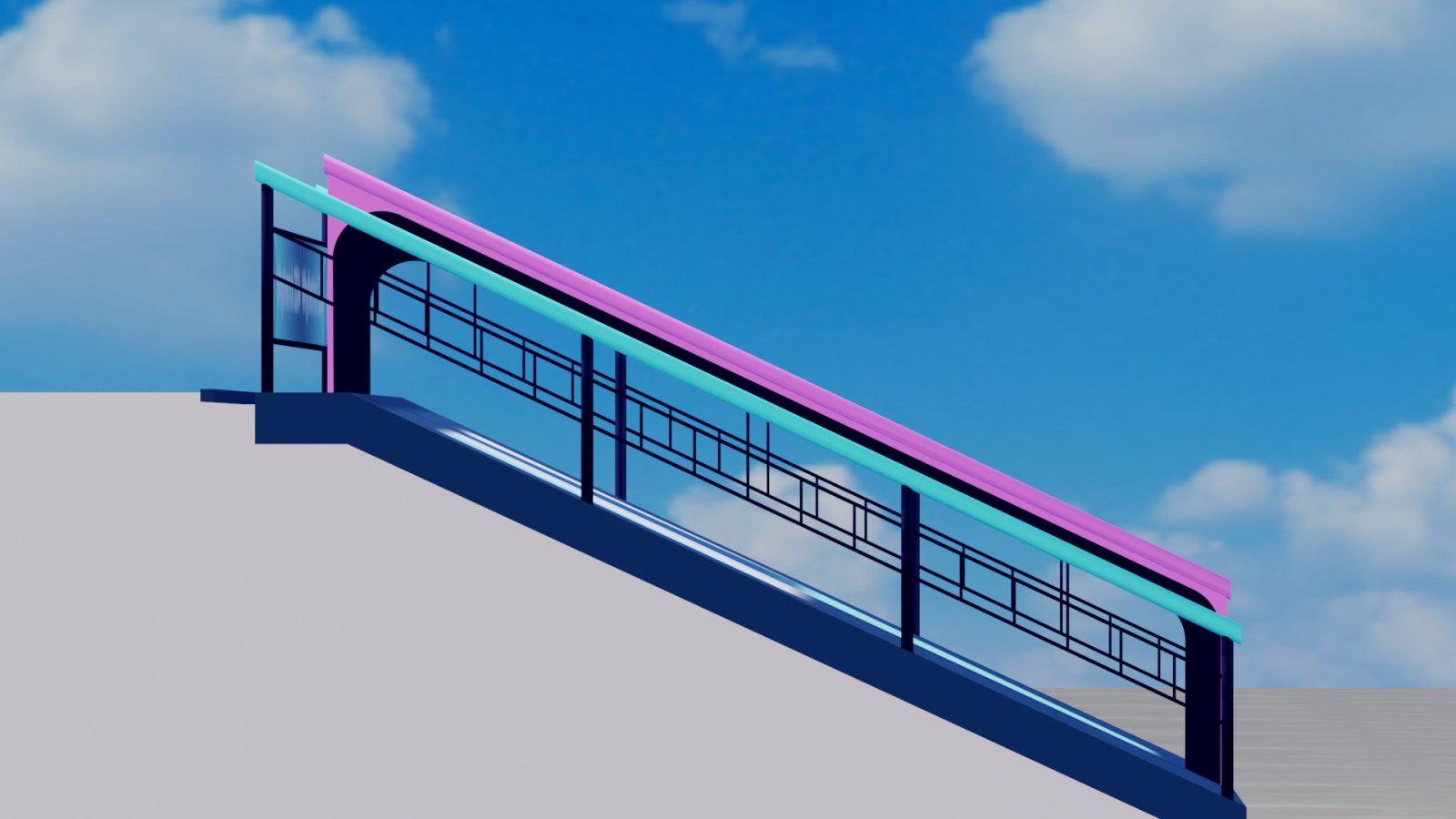
Benefit of this structure
Skaters can benefit from this structure by "having more time to complete rotations" and "giving height to tricks to make it look better."
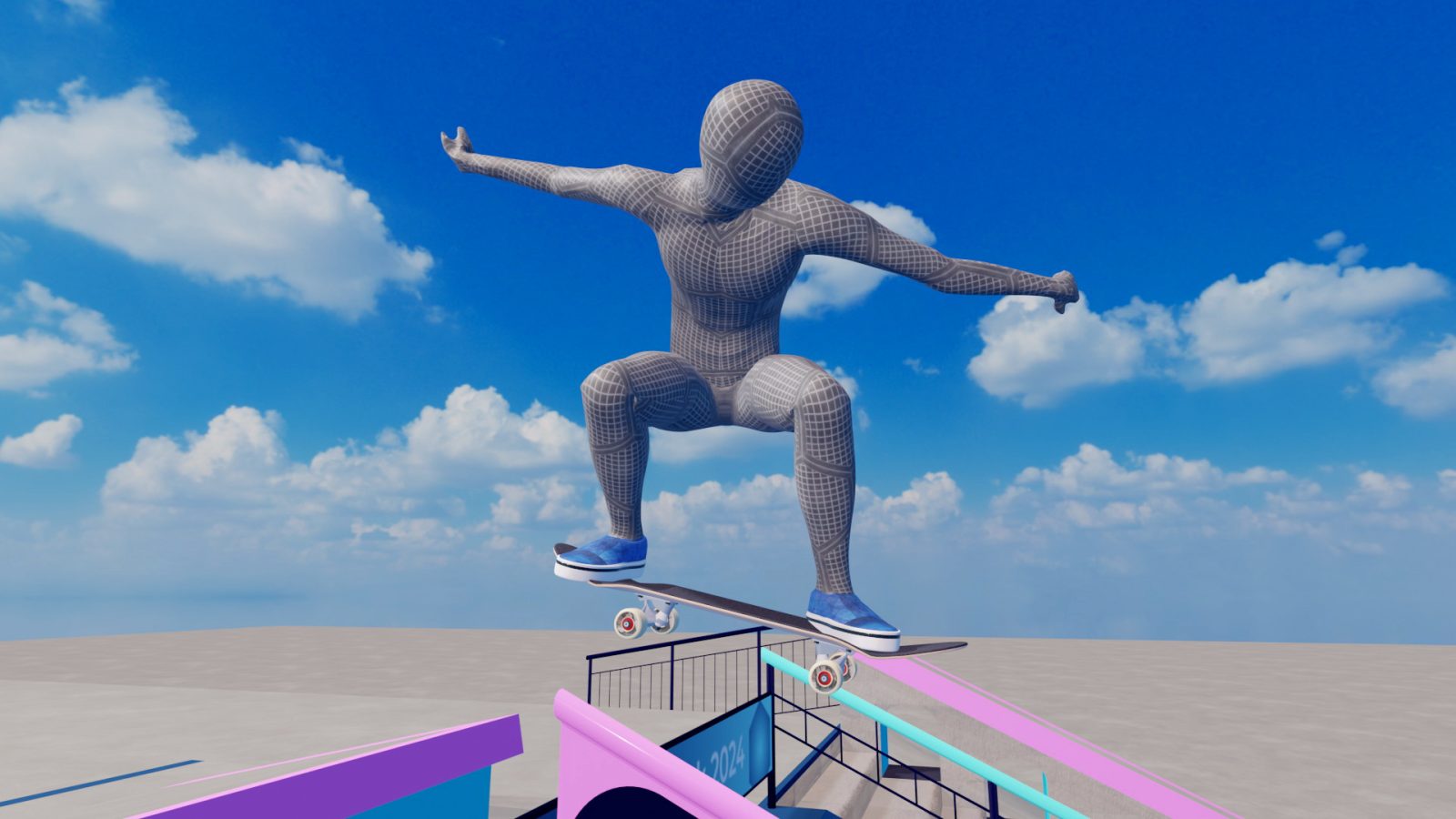
Difficulty of this structure
On the flip side, because they have to get on the rail while descending from the height, the force on their bodies when they get on the rail also becomes greater. So, even more precise board control is required to perform grind and slide tricks.
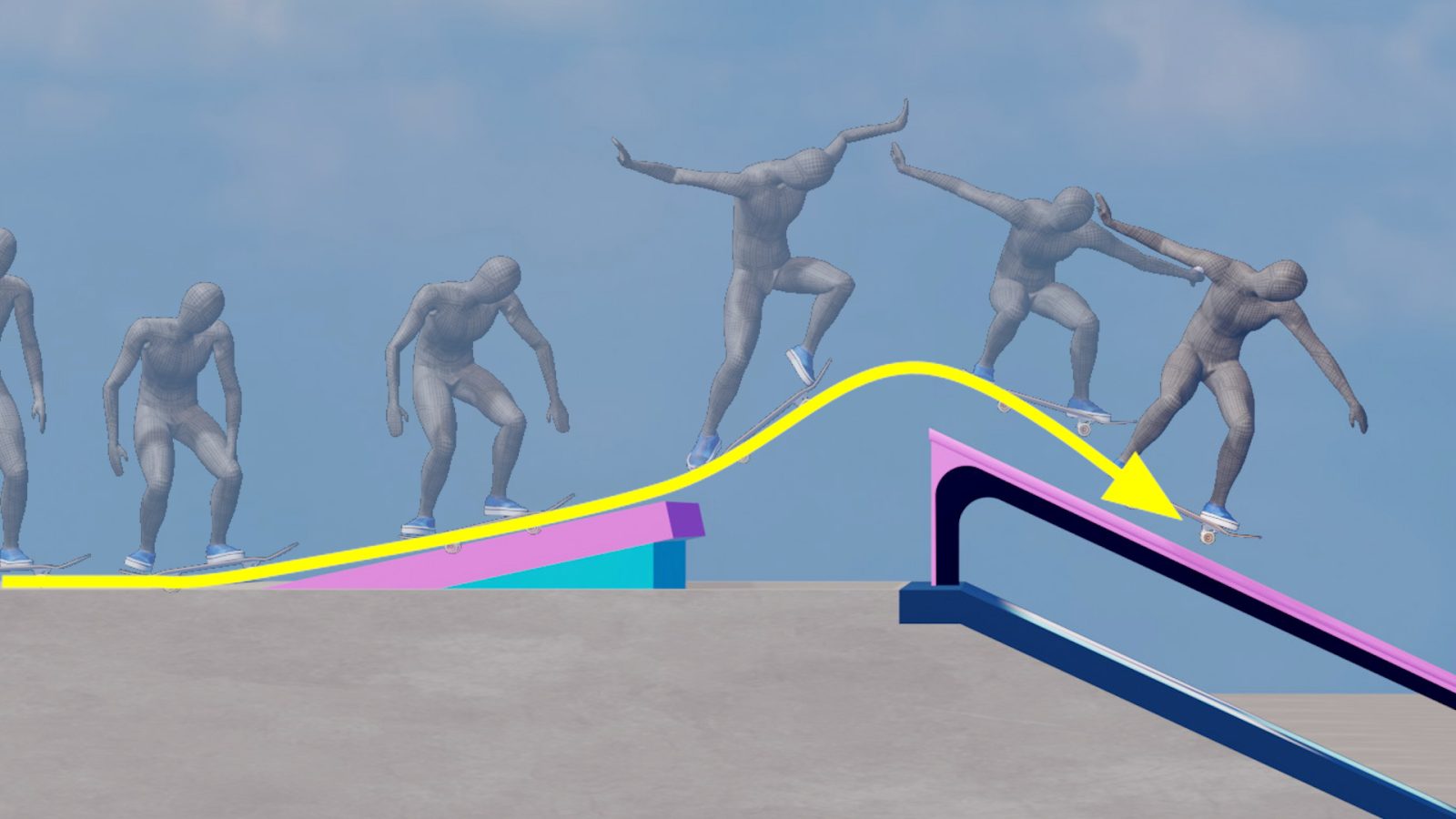
Conclusion
High-level skatepark & Tricky conditioning
If someone like me skated in this park, I would get injured in no time. In addition to the difficulty of this park, the postponement of the game due to the rain is making it even more difficult to adjust their conditions. I am rooting for all skaters to perform at their best.
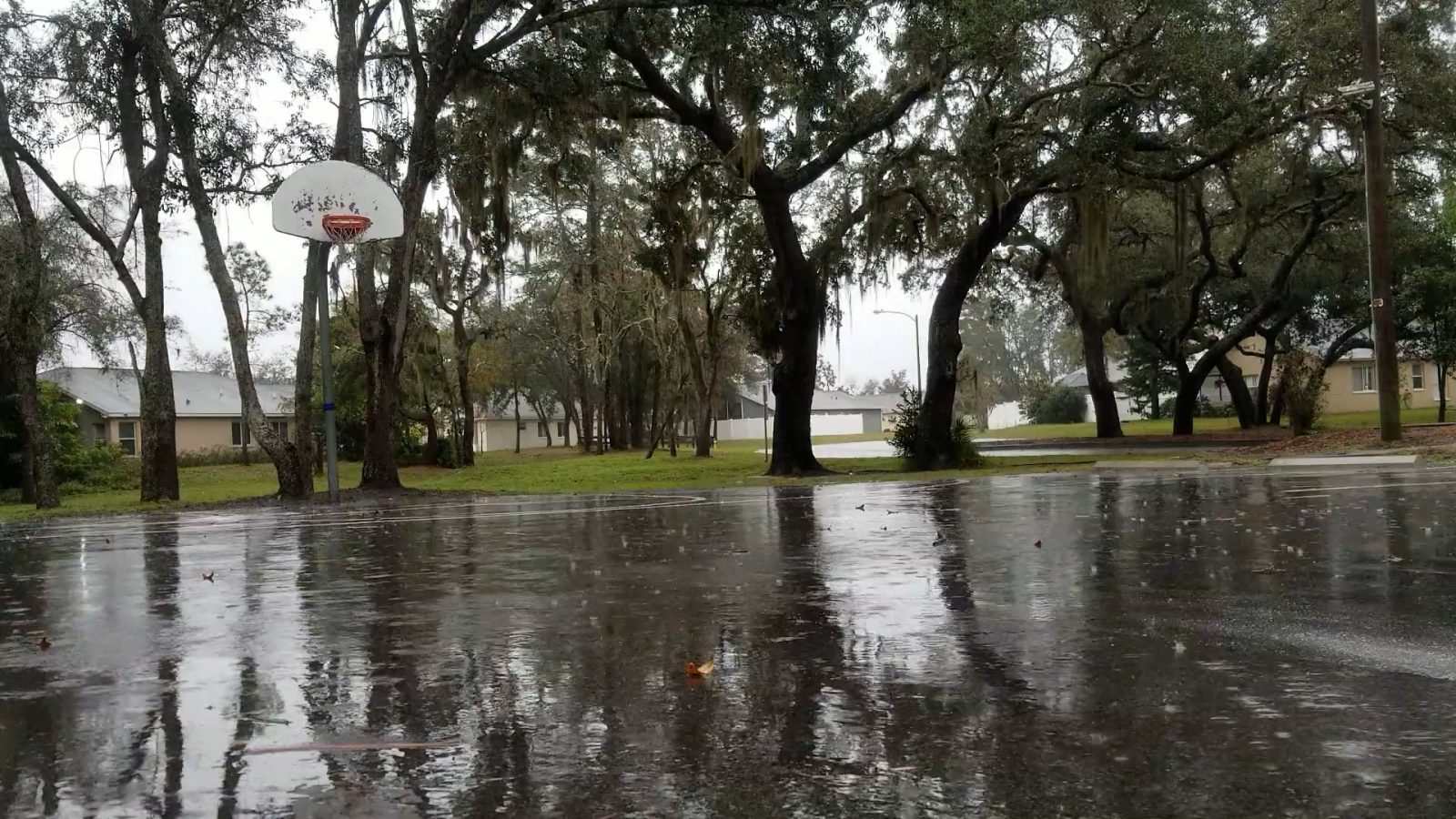
Regarding the winning trick
What makes this trick so hard?
Can't see, easy to go too far, hard to exert enough energy...everything that makes a trick hard is there.
- Difficulty #1: You cannot see where you are going to ride at all, so you need to cover this with an overwhelming amount of practice.
- Difficulty #2: Because you approach the rail as you approach it, if you go even a little too close to the rail, you will end up jumping over the rail. Exquisite board control is required.
- Difficulty #3: Because the board is flicked with the front foot (the opposite of the dominant foot), it is difficult to transmit power to the board in the first place. On top of that, since you have to jump over the rail before sliding, you need to generate enough height. It is very difficult to achieve a high rotation of 270 degrees while jumping up in the opposite direction of the listening feet.
- Difficulty #4: It is necessary to exquisitely control the board while rotating 270 degrees, where if the board shifts even slightly, it will not slide or will fall off the rail.

 Convert your video into 3D
Convert your video into 3D Facebook
Facebook Twitter
Twitter


